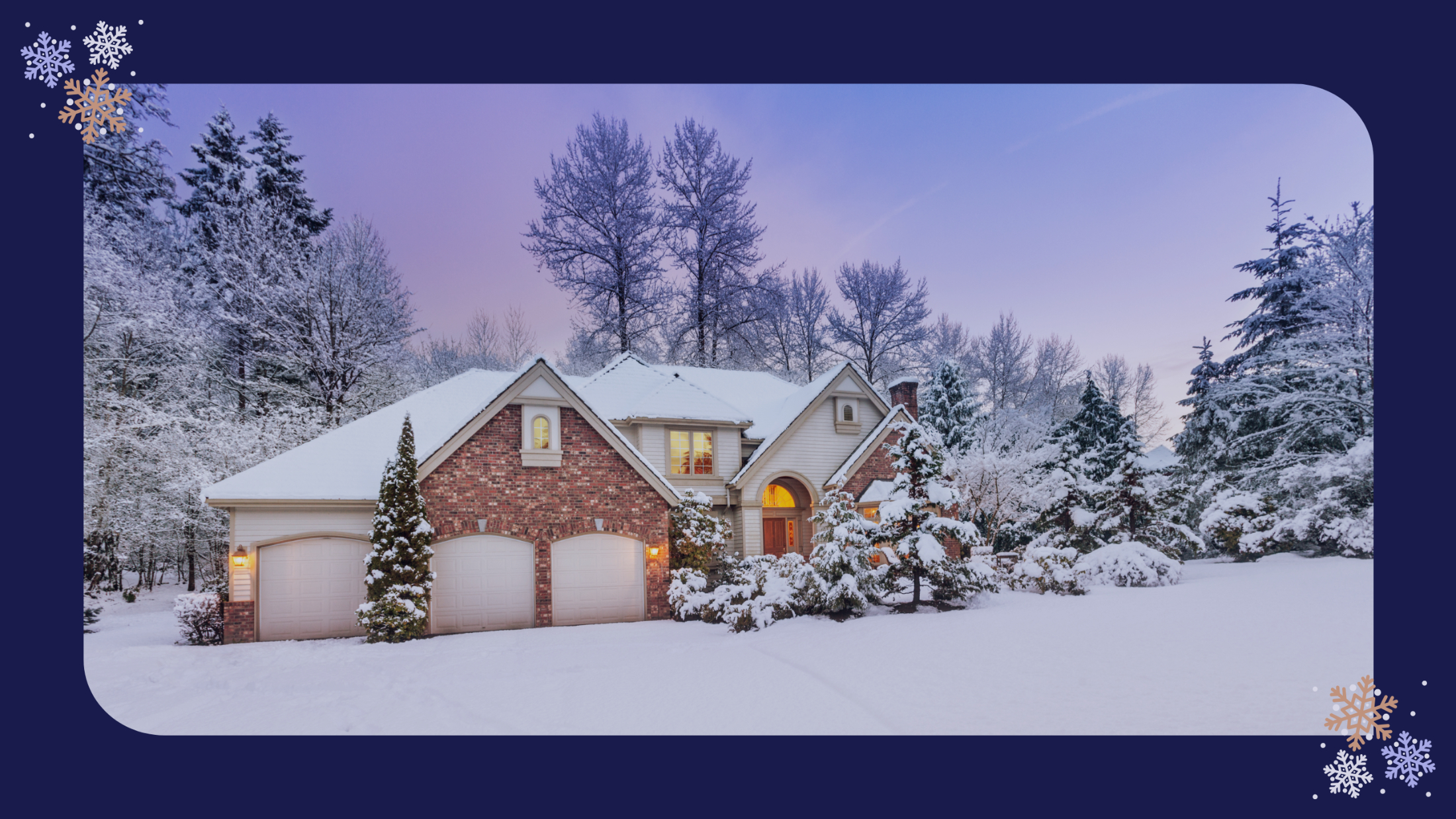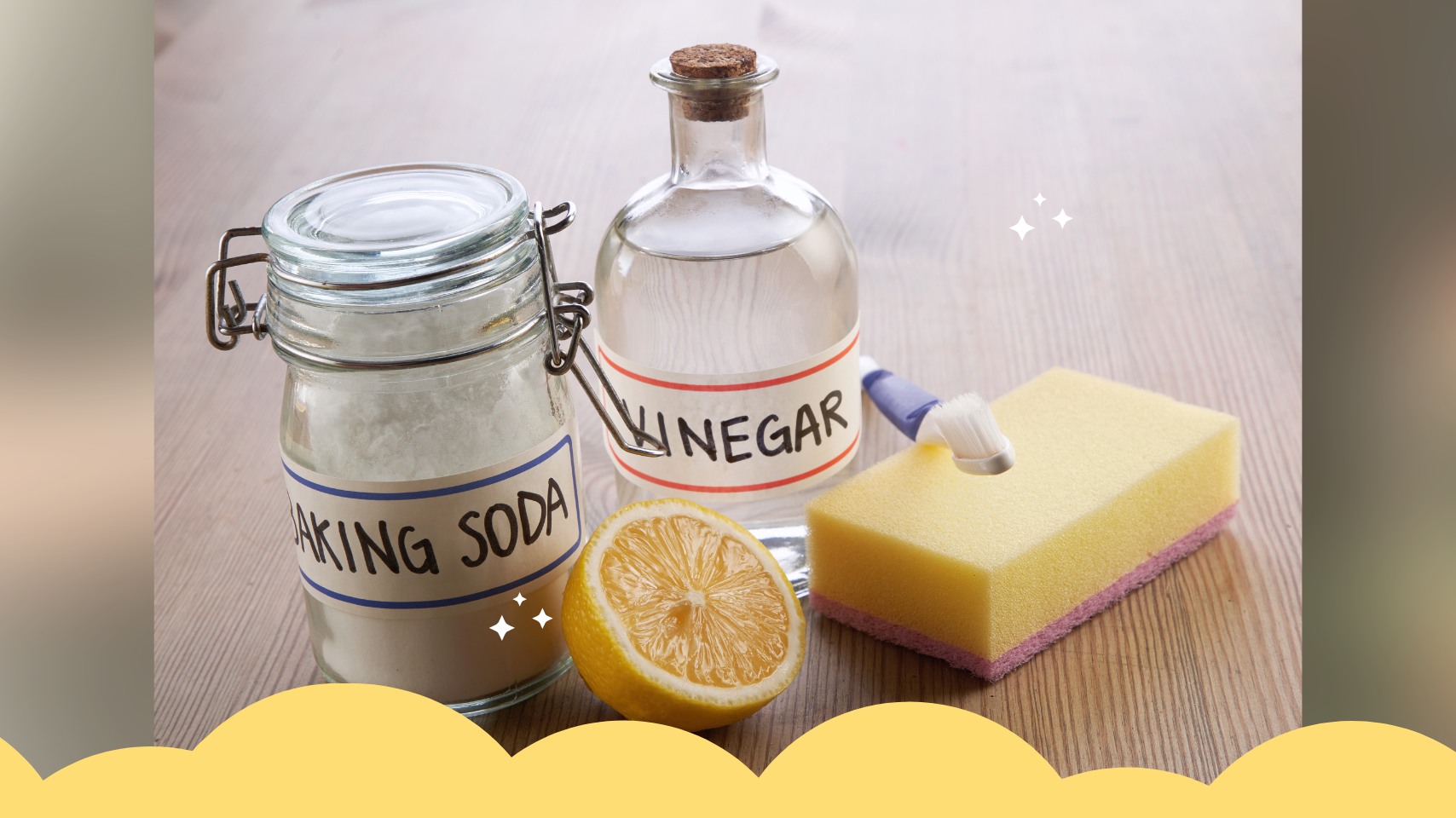Selling your home during winter presents unique challenges, especially regarding curb appeal. Winter's harsh conditions, shorter days, and sometimes drab landscapes can make it difficult for your home to stand out. However, with a little effort and creativity, you can ensure your home is as inviting and appealing as it would be in any other season.
These are practical tips to enhance your home's curb appeal in winter.
1. Enhance Lighting
Winter days are shorter, meaning prospective buyers may visit your home in low-light conditions. Ensure all exterior lights are functional and consider upgrading to brighter, warm-toned LED bulbs to create a welcoming ambiance. Highlight key features with strategically placed lighting, such as along pathways, around your entryway, or showcasing a well-maintained garden bed.
2. Add Seasonal Décor
Tasteful winter-themed décor can add warmth and charm to your home's exterior. A simple wreath on the door, a pair of planters filled with evergreen boughs, or string lights on trees can create an inviting look. However, avoid overly festive or personal decorations, as they may not appeal to everyone. Stick to neutral, classic designs that enhance your home's aesthetic.
3. Maintain Landscaping
While winter may limit lush greenery, keeping your yard tidy is crucial. Trim bushes, remove dead branches, and rake any remaining leaves. If snow is present, ensure it's evenly shoveled to avoid a messy appearance. Consider planting winter-friendly greenery, such as evergreen shrubs, to add a touch of life to your yard.
4. Refresh Your Exterior
A fresh coat of paint on your front door, shutters, or trim can make a big difference, especially against a snowy backdrop. Clean your windows to let in as much natural light as possible, and ensure your siding and gutters are free from dirt and debris. Cleanliness and small improvements signal pride in ownership.
5. Focus on the Front Door
The front door is a focal point; it can benefit from extra attention in winter. In addition to a fresh coat of paint or a welcoming wreath, ensure your door hardware is polished and in good condition. A clean, attractive doormat can also make a strong statement.
6. Showcase the Warmth From Inside
Winter buyers often want a sense of coziness. Keep your curtains open during showings to let in light and reveal a warm, inviting interior. If you have a fireplace, light it to create an irresistible sense of comfort. This inside-out approach adds to your home's curb appeal from the street.
7. Pay Attention to Details
Small touches, such as well-maintained house numbers, a polished mailbox, or even a clean, freshly painted garage door, can elevate your home's appearance. Attention to detail reassures buyers that the property has been well cared for.
Selling your home in winter may come with extra effort, but maintaining curb appeal can make a significant difference. By keeping your property safe, clean, and inviting and incorporating simple touches of seasonal charm, you can help buyers envision themselves living there — even during the coldest months of the year.



















